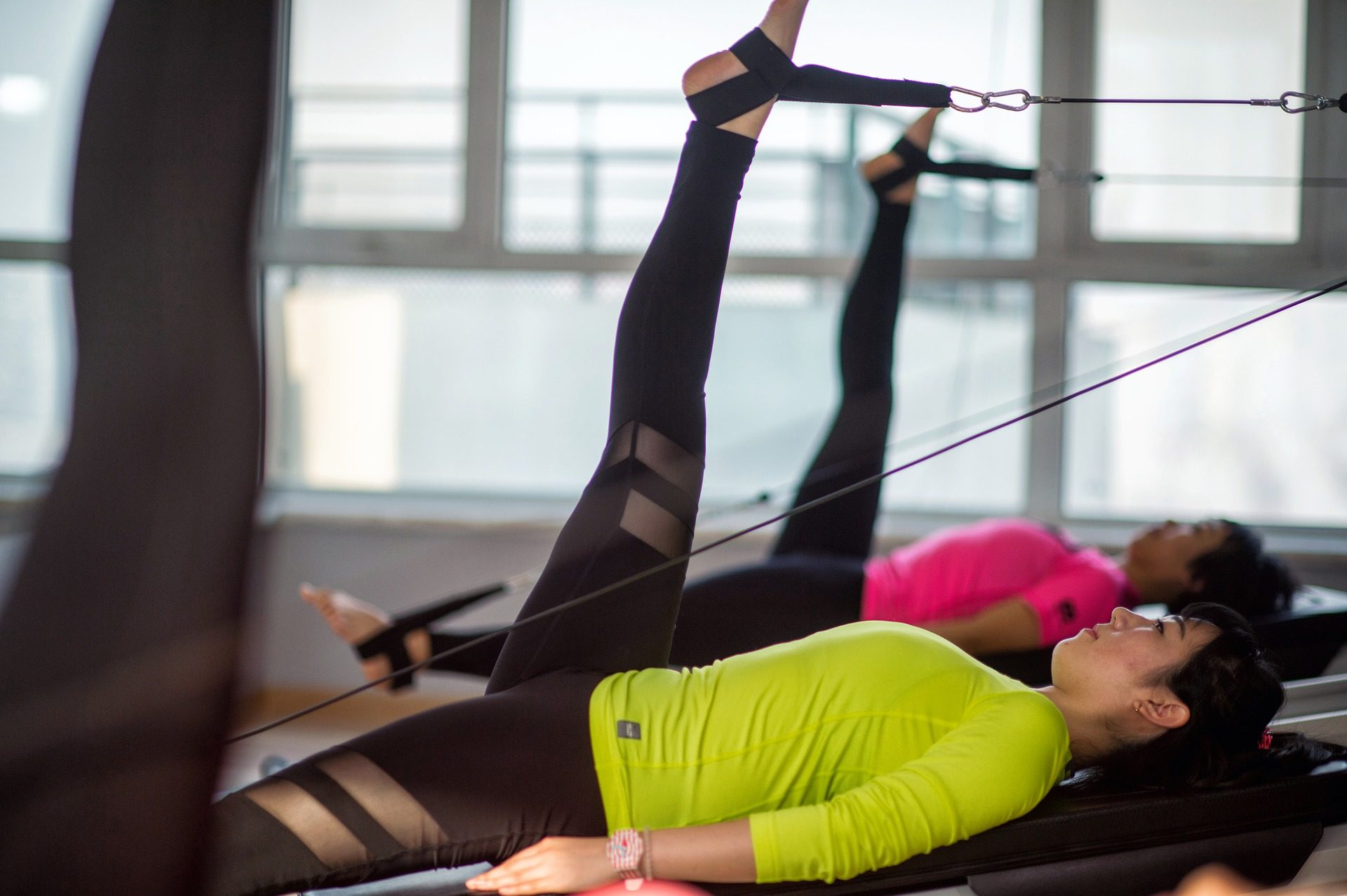Exercise is catching on. If you’ve been paying attention to the media over the last six months, you might have picked up on the groundswell of attention that’s been given to the effectiveness of exercise for various types of pain.
The weight of the research is ultimately a message of hope to people who are suffering from pain: exercise is a high value, low cost, effective strategy for managing a wide range of conditions from knee osteoarthritis to low back pain.
One of the key things we’re passionate about at Lifecare Applecross is helping people to participate in therapeutic exercise, particularly when they’re in the vital stage of transitioning out of pain or injury.
When we’re helping people with this, we are often asked the question:
Why would I exercise when it seems to make my pain worse?
This is quite a common sense question to wonder about. And we like being asked the question because it allows us to explore the following three ideas. When people grasp these, we find they’re better able to overcome their concerns about exercise and take the first step towards experiencing its benefit.
Firstly, the question makes common sense only if there’s an assumption that pain is a measure of damage. If it were true that pain = damage, then common sense would say that the less pain, the less damage you are doing to yourself.
The truth is, however, much more complex. Research clearly points to the fact that pain and sensitivity is influenced by a wide variety of different factors and that when it comes to painful movements, it cannot be assumed that when you are experiencing pain, your body is being damaged.
Once people make this conceptual leap, it can radically change their relationship with pain and open up many possibilities for nudging, prodding, coaxing pain away.
This idea can be summarised as hurt does not always equal harm. A good assessment from your physio or GP is the best way of being reassured that the short period of discomfort you experience when you move isn’t doing you any damage.
With this in mind, it is often unhelpful to just blaze your way through pain and expect to obliterate it through sheer force of will.
This leads us to the second thing that really helps people who are in pain: knowing what kind of exercise will be helpful at their particular phase in transition out of pain and injury.
For example, we often hear, ‘I can’t even walk for half an hour because my knee is so sore!’
After a good assessment of the knee and the surrounding areas, we can often help people to exercise in ways which develop the qualities that are needed for the knee to be more comfortable with walking. This may mean developing strength around the knee with light resistance exercises, or perhaps improving movement through comfortable stretches.
Once this modified form of exercise has been given time to do its work, a gradually progressed walking program can be started which allows steady progress towards your goals, as the body adapts slowly to what it is asked to do.
This can be summarised as exercise smart, not too hard. With so many ideas on different ways to exercise and when to progress to harder forms, your physio can help you to exercise smart.
The last concept to mention is the first part of the question: ‘why would I exercise…?’
There are as many reasons to move as there are types of exercise! Exercise can be extremely effective at reducing pain and increasing tolerance to daily activities. What’s more, there are the cardiovascular health benefits, social aspects, mental health gains and creative outlets that come along with living an active life.
This can be summarised as exercise is really all that! Your physio can help to understand the types of benefits and the timeframes over which to expect them so you know you’re on the right track.
So, for all our readers who are asking, ‘why would I exercise when it seems to make my pain worse?’ come in to have a chat about the what, how and why of exercise. Call us on (08) 9364 4073 or book online if you’d like more help with getting moving.

